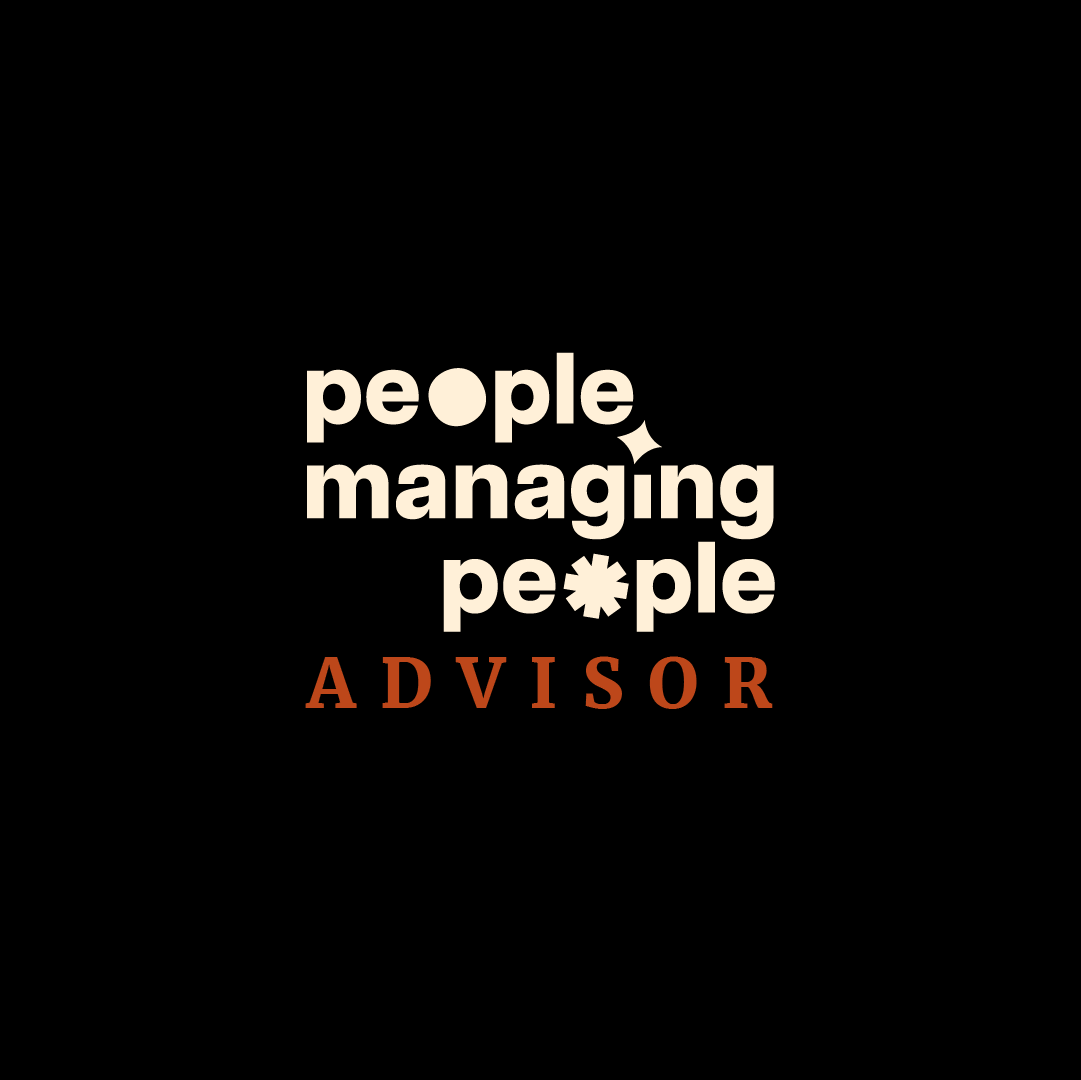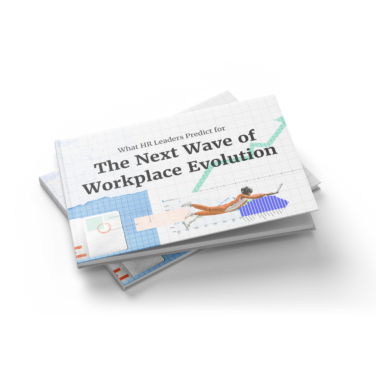The size of the HR software market is huge, with so many different types of HR software available to choose from.
With new solutions constantly coming onto the market, it can be hard to keep up.
That’s why I’ve put together this article covering all the different types of HR software and their benefits and features.
Knowing what's out there will give you a better understanding of how HR software can support your business and help you get time-consuming tasks off your plate.
What Is HR Software?
HR software is a digital solution that helps businesses manage various human resources functions, such as payroll, recruitment, performance management, and employee records.
The tools automate administrative tasks, improves data accuracy, and enhances compliance with labor laws.
Some HR tools focus on specific functions of human resource management, such as performance management, while others try to provide a comprehensive HR solution.
You can also find region-specific software solutions, like a Canadian HR solution, or solutions that cater to a specific business size or budget such as HR systems for small businesses.
Now let’s explore the different types in more detail.
HRIS, HRMS, And HCM Software
Arguably, the most important type of HR software is the HR database category (sometimes referred to as core HR software), which consists of:
- Human resource information systems (HRIS)
- Human resource management systems (HRMS)
- Human capital management (HCM) systems
All three of these HR systems support the same core HR functions:
- Managing worker data
- HR tools with payroll processing
- Storing employee training records
- Tracking performance information
- Offering employee self-service options.
The main difference between HRIS, HCM, and HRMS tools is the depth and breadth of their HR coverage.
An HRIS handles core HR functions, while HCMs drill down into more employee-centric processes, with HRMS software offering even more comprehensive features.
- Human resource information systems (HRIS) cover all basic HR functions from a data management and data capture perspective. All of your employee details are in one place, but you have fewer tools to take action with that data. They are more frequently used by small businesses because their pricing is lower.
- Human resource management systems (HRMS) are comprehensive HR solutions that typically offer more features than an HRIS system. HRMS software can support the full suite of talent management activities, including recruiting, benefits management, performance management, resource management, and employee training.
- Human capital management (HCM) software gives you the ability to engage fully on an employee-specific level in areas like employee performance, analytics, and onboarding, offering tools for a more strategic approach to these aspects of HR.
All of these systems are cloud-based and offer a collection of integrated modules that assist with managing core HR data, functions, and workflows.
Benefits
The benefit of an HRIS is having all your employees’ information in a central database that can be easily accessed and updated. This can then be integrated with other cloud HR systems to ensure data accuracy across your HR tech stack.
The benefits of an HRMS include improved data management practices, automatic compliance monitoring flags, enhanced employee self-service and engagement tools, and support for better data-driven decision-making.
The benefits of an HCM include more advanced data and analytics to support better workforce planning, and improved employee satisfaction and retention rates.
Understanding the essential features of HRMS platforms and HCM systems is important so that you can better pick between them is crucial when comparing the types of HR software available. Let's take a closer look:
Key and advanced features
Key Features
HR information software has some baseline features. A few of those key features are the following:
- Employee database
- Absence and leave management
- Benefits administration
- Performance management tools
- Recruiting and applicant tracking
- Hiring process automation
- Reporting and analytics
- Employee self-service portal
- Manager self-service portal
- Talent pool searchability
- Employee onboarding & offboarding
- Employee development
- Document management and storage
- Training management
- Employee scheduling software
- Integrations with other HR software
Advanced features
- Employee engagement platform
- Employee satisfaction surveys
- Custom workflow tools
- Built-in training tools
Applicant Tracking Systems
Applicant tracking systems (ATSs) are a form of recruitment software designed to streamline the hiring process. They help businesses source talent and manage candidates through the application, interviewing, and final offer stages.
Benefits
Recruiting and staffing platforms help make the hiring process more efficient for internal teams and provide a better candidate experience.
They can automate away many of the repetitive tasks associated with recruiting such as posting and managing job descriptions, screening candidates, scheduling interviews, and rejecting or advancing candidates.
Depending on the type of recruiting software you choose, you may also be able to access advanced recruiting features such as social media recruiting and recruitment marketing tools.
Key and advanced features
Key features
- Development of a job posting to attract job seekers
- Applicant tracking tools
- Candidate screening
- Resume parsing tools
- Ranking and sorting qualified candidates
- Interview process management
- Interview scheduling
- Recruitment templates and guidance
- Integration and support for existing job boards
- Internal review and evaluation tools
Advanced features
- Recruitment marketing tools
- Recruiting process automation tools
- Candidate engagement tools
- Recruiting through social media or direct messaging
- Two-way enterprise HR software integrations
Onboarding Software
Onboarding software supports HR and hiring teams when bringing on a new employee and helps ensure they get off to the best possible start. Think completing all the necessary new hire paperwork, meeting colleagues, and undertaking necessary training.
Benefits
Onboarding software helps ensure new hires feel welcome into the organization and have everything they need to get going. Onboarding is relatively admin-intensive, and automation can help ensure that all the relevant paperwork is completed and safely stored. The software also helps set goals, create checklists, and ensure all aspects of the onboarding process are completed.
Key and advanced features
Key features
- Automated paperwork processing
- Employee data storage
- Task management
- Onboarding checklist
- Progress tracking
Advanced features
- Personalized training
- Goal setting
- Career mapping.
Employee Engagement Software
Not too surprisingly, employee engagement tools are designed to help ensure team members are engaged at work. This covers areas such as talent development, employee appreciation programs, and wellness initiatives.
Benefits
An engaged employee outperforms one who isn’t. Employee engagement software helps monitor employee engagement levels and create initiatives that boost engagement.
Key and advanced features
Key features
An employee engagement tool will include these key features:
- Employee survey tools
- Employee recognition tools
- Engagement dashboards, gamification, and activity feeds
- Tools for goal setting and tracking
- Visualization of employee goals
- Training tools
Advanced features
- Sentiment analysis
- Wellness programs
Performance Management Software
A performance management system focuses on the performance of individual employees, helping you measure and track performance and reward employees for high performance.
Benefits
A major benefit of these systems is their ability to standardize, formalize, and automate employee reviews and the performance review process. This is beneficial for the HR department, managers, and employees.
Key and advanced features
Key features
Performance software includes these key features:
- Goal setting and tracking
- Performance reviews
- Feedback mechanisms
- Personal improvement plan creation
- Reporting and analytics
Advanced features
- 360-degree feedback
- Skills and competency management
Employee Scheduling Software
Employee scheduling software supports businesses in managing the work schedules of their employees. They provided a user-friendly interface for managers and staff to view and manage schedules.
Benefits
Provides visibility into each individual employee's schedule while providing tools to manage business-wide staff scheduling. Employees can easily view and make changes to their schedules, while managers can ensure shift coverage.
Key and advanced features
Key features
Many employee scheduling software packages include the following key features:
- Scheduling templates
- Employee scheduling app
- Shift assigning
- Shift swapping
- Worker profiles
- Resource forecasting
Advanced features
- Attendance tracking tools
- Leave management tools
- Integrations with other business systems
- Multiplatform support, including mobile, for use with different devices and operating systems
Payroll And Accounting Software
Payroll and accounting software automates the payroll process for small and large businesses. Processing payroll can be very labor-intensive and complicated without a payroll system.
Benefits
The benefit of a payroll tool is the automation it provides. This not only saves time but also reduces errors, and it can assist with compliance and payroll taxes.
Key and advanced features
Key features
Payroll and HR accounting software should include these key features:
- Wage calculation
- Employee payment processing
- Integration with time clock systems and attendance apps
- Tax document storage
Advanced features
Payroll software may also include these advanced features:
- Compliance support
- Tax filing tools and support
Keep in mind, there are different types of payroll software out there, so you'll need to familiarize yourself with the different options and how they stack up to your businesses' needs.
Benefits Administration Software
Benefits administration software helps organizations manage all aspects of group benefit plans such as health insurance, retirement plans, life insurance, and other specialty employee perks.
Benefits
Streamlines the management of employee benefits, reducing administrative workload and ensuring compliance with regulations.
It also enhances employee satisfaction by providing easy access to benefits information and self-service options for enrollment and updates.
Key and advanced features
Key features
- Automated enrollment
- Benefits administration
- Compliance management
- Self-service portals
- Reporting and analytics
Advanced features
- Personalized benefits recommendations
- Employee surveys and feedback
- Cost modeling and budgeting tools
- Compensation management functionality
HR Analytics Software
HR analytics software and human resources reporting software are intended to support your business by providing insights into your workforce. These types of software help you collect and analyze data about your business and present it in a digestible way to inform strategic planning.
Benefits
The computing power of this type of software enables it to distinguish patterns and uncover strategic insight from data that would not be discernible to the naked eye.
Key features
- Data and document storage
- Feedback and review tools
- Goal maps
- Analysis of HR metrics and reporting
Advanced features
- Custom dashboards
- Integrations with other HR and business platforms
Learning Management Systems
Learning management systems (LMSs) are streamlined digital platforms for employee learning and development. They provide a centralized space for creating, delivering, and tracking educational content and courses.
Benefits
LMSs enable efficient learning by offering tools for educators to manage course materials and for learners to access and engage with these resources. The purpose is to simplify the educational process, make it more accessible and effective, and support a diverse range of learning needs.
Key and advanced features
Over the years, LMSs have evolved to include a wide range of key and advanced features designed to enhance the educational experience for both instructors and learners. Here are some of these features:
Key features
- Course management
- User management
- Multi-format content delivery
- Assessment and testing tools
- Tracking and reporting
Advanced features
- Personalized learning paths
- Social learning
- Adaptive learning
For more info, check out our pick of the best learning management systems.
Time And Attendance Software
Time and attendance software is a streamlined digital platform for tracking employee work hours, attendance, and schedules. It provides a centralized space for recording time entries, managing shifts, and ensuring compliance with labor laws.
Benefits
Time and attendance software automates workforce tracking, reducing manual errors and improving payroll accuracy. It helps businesses optimize scheduling, monitor overtime, and ensure compliance with labor regulations.
The main benefits are enhanced operational efficiency, preventing time theft, and providing real-time workforce insights.
Key and Advanced Features
Over the years, time and attendance software has evolved to include a wide range of key and advanced features designed to improve workforce management and ensure accurate time tracking. Here are some of these features:
Key Features
- Clock-in/out tracking (via web, mobile, or biometric systems)
- Automated timesheets
- Shift scheduling
- Overtime and break tracking
- Integration with payroll systems
Advanced Features
- Geofencing and GPS tracking
- Facial recognition and biometric authentication
- AI-driven attendance anomaly detection
- Automated compliance alerts
- Self-service portals for employees
For more info, check out our pick of the best time and attendance software.
Understanding the issues you're trying to solve will help you determine your HR software requirements and find the right platform or tool. But if you still need help, we're here for you.
Understanding the issues you're trying to solve will help you determine your HR software requirements and choose the right HR solution for your needs.
That said, there's no harm in getting a helping hand in the process.
Get Help Choosing HR Software
If you’re struggling to choose the right software, let us help you. Just share your needs in the form below and you’ll get free access to our dedicated software advisors who match and connect you with the best vendors for your needs.
Subscribe To The People Managing People Newsletter
To keep updated on developments in the HR software world, subscribe to our weekly newsletter for HR and business leaders. You'll receive all our latest content to help you grow in your career and make greater impact in your org.




